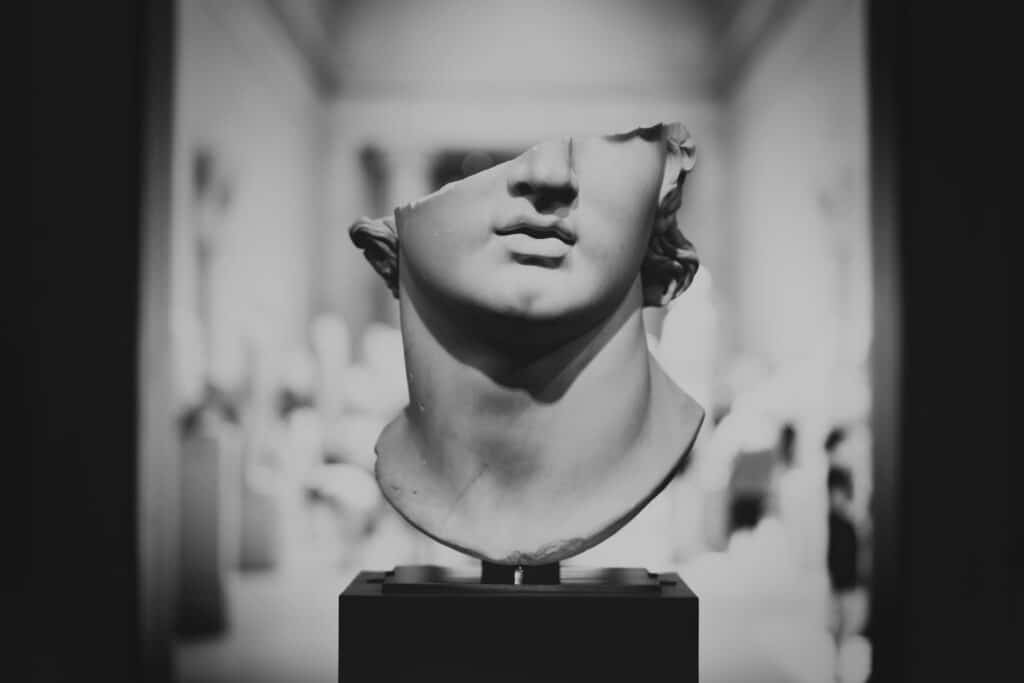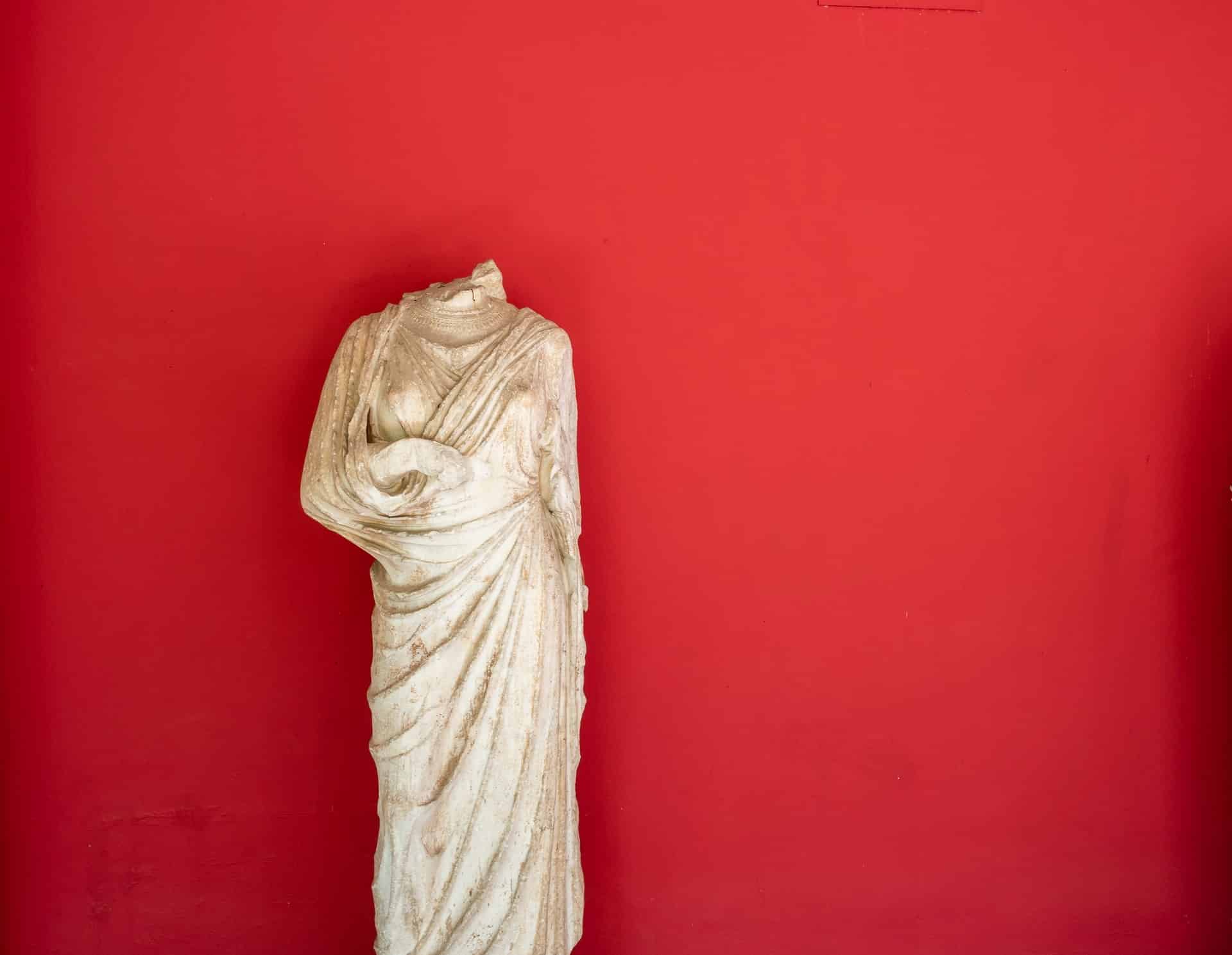Museums and Art Galleries: 5 of the Best Digital Engagement Programs
As soon as countries and cities started announcing quarantine, art galleries around the world began looking for ways to keep their doors open for people. And along with artists and museums, art galleries turned to technology to come up with a way to allow visitors to still enjoy art virtually. They used social media as a creative way to share their collections, promote their programs, and engage with the different audiences. Social media has allowed museums and art galleries to provide many services to their visitors, proving that they can still attract a large group of people, even during lockdowns. The sector has since seen some amazing ideas and activities.

So, here are 5 of the best programs that museums and art galleries adopted during Covid-19:
1- Encouraging the audience to recreate artworks:
Social media has played a major role in keeping museums and art galleries alive during the pandemic. In fact, some of the most famous art galleries and museums around the world started engaging with their audiences on social media by posting challenges on Twitter, Facebook, and Instagram, asking them to recreate famous artworks. Getty Museum and Rijksmuseum are two examples of museums that asked people in a post on their social media pages to recreate their favorite pieces of art using a few objects that they can find lying around their houses. Some museums, such as MOA Museum of Art in Japan and the London National Gallery in the UK, have also been encouraging people to use a new tool from Google Arts & Culture to recreate and share certain paintings by applying artists’ signature painting styles to their own photos.
2- Augmented reality (AR):
Augmented reality has been around for quite some time now. However, the adoption and implementation of this technology by museums and art galleries have only been accelerated because of Covid-19, which has forced everyone to stay home for the past 2 years. Today, many art galleries and museums, such as the Center on Contemporary Art in Seattle, the Museum of Celtic Heritage in Salzburg, and the Cleveland Museum of Art, are using augmented reality to create a unique experience for people. This technology has proved to increase the interest of people in valuable artworks by bringing these artworks to life and providing access to people who cannot visit in person. This has also allowed artworks that are usually hidden in storage rooms to see the light of day, even if digitally.
3- Virtual tours:
Virtual tours provide a 3D or a 360 simulation of the museum or art gallery. They are usually a sequence or a collection of panoramic images that artificially enhance people’s tourism experience. They allow people to step inside and navigate the museum or art gallery from any device they have on hand, giving them the ability to check the available artworks and masterpieces from anywhere around the world. The images provided by the museums and art galleries could also include music or narration, making them a good marketing and engagement tool for the future. They could also become a determining factor in the people’s decision to personally visit the museum or art gallery. The Van Gogh Museum in Amsterdam, for example, uses this strategy to allow people to connect more with the artworks. The National Museum of Modern and Contemporary Art in South Korea and the Musée du Louvre are two other examples of museums and art galleries taking advantage of the virtual tours.
4- Live streams:
By using and uploading videos through YouTube and Facebook Live, museums and art galleries have been able to increase their virtual activities during Covid-19. In fact, many of them have and are still organizing virtual and educational events and sharing them with their followers and new audiences on social media. There have been many interviews with famous art world figures posted online, as well as different informative videos documenting experiences and tours inside the museums and art galleries. The Palace Museum in Beijing, for example, turned to live streams to stay connected with its audience and to provide remote access to its artworks and masterpieces. In these streams, two tour guides told stories about the site, which shed light on the Chinese culture, attracting millions of views from around the country. On the other hand, many artists have chosen to engage and interact with their audience in a different way, as some of them decided to make live art-making sessions videos to allow their audiences to participate more.
5- Drive-in exhibits:
Following Covid-19, museums and art galleries had to come up with innovative and creative solutions to the social distancing and quarantining challenges. This is why some of them experimented with what drive-in exhibitions have to present to the people who are seeking entertainment. Drive-in exhibits allow visitors to experience and enjoy art from the comfort of their own cars. The Immersive Van Gogh Exhibit in Canada, for example, announced in 2020 that they will be organizing the world’s first drive-in art exhibit. Visitors to the exhibit had the opportunity to see room-sized light projections of Van Gogh’s famous artworks from their cars.
The Beginning of a New Era?
Because of technology, social media, and the innovative solutions that people are coming up with to remain connected during Covid-19, the possibilities of exhibitions today are becoming increasingly diversified. In fact, museums and art galleries have been coming up with new ideas to further entertain, engage, and attract more audiences by creating hashtag trends and playful but artistic challenges on their different social media handles. These institutions have been providing a big distraction for their followers as well as very educational information on many of their pieces, which increased the traffic on their sites. The only question that remains, however, is whether we are just entering a new era of experiencing art through social media and digitally organized programs.
Follow Noëlla Aoun Design Studio or visit our website for more Urban Design, Architecture, Interior Design, Landscape Design, Environment, Real Estate and Sustainable Development articles.

